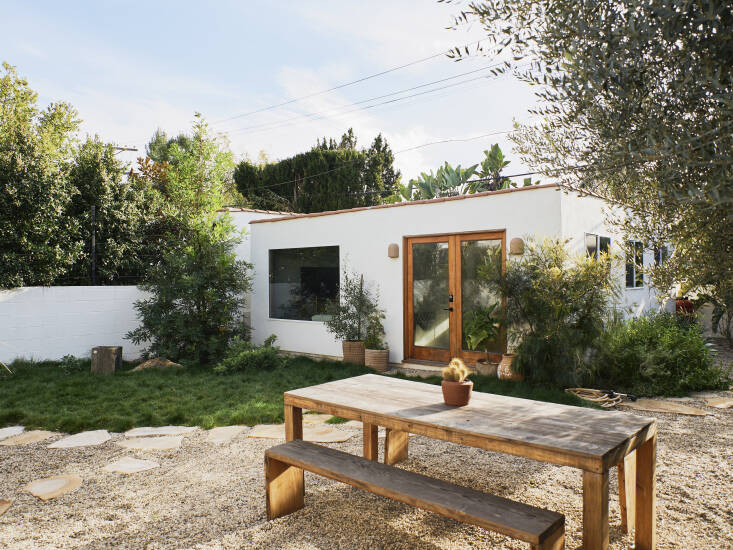Reckon you know your fascia boards from your soffits? Well if you’re in the roofing trade, we’re guessing the answer is ‘yes’. But what about your customers? Ever had to quiz a tradesman in detail about parts and materials you need for a job?
Some of us are just curious. But others want to account for every penny they spend. If you are quoted a certain amount for materials, you might want an itemised breakdown of what was actually used. Roofline repairs such as fixing guttering and replacing flashing are the kind of high-frequency, low-value jobs that are particularly common at this time of year when high winds and heavy rains trigger leaks and breakages. They are also the kind of things people want to get fixed in a hurry before Christmas and before the worst of the winter weather sets in.
Do you know your box ends from your bargeboards? But how well could you explain the difference and what each does so you can understand and challenge the costs you have been quoted or charged?
Here’s a quick summary to help you.

Fascia boards
Fascias are the long strips of board that run the length of a roof directly under the eaves. They serve a dual purpose, carrying the guttering and providing support for the last row of tiles.
Fascia boards often crack and get pulled away from where they are attached to the ends of the roof rafters in heavy rain and high winds, largely due to the weight of the gallons of water that can pour down into the guttering off the roof. You need to replace cracked or loose fascia boards – if you don’t, the fascia board falling off will bring the guttering and possibly a fair few roof tiles down with it.
Soffit
The soffit is the board that runs directly under the fascia perpendicular to it, closing off the space between fascia, roof and wall from underneath. Its purpose is more cosmetic than a fascia board. However, soffits also help to protect the wooden roof rafters from the elements and damp.
A fascia board cracking or coming loose may or may not lead to a soffit being replaced. Soffits don’t carry any loads on them, so may well remain intact even if the fascias have to be replaced. However, if a soffit does become damaged or loose, it’s worth considering the risk of rot if rainwater is allowed to get into the roof timbers.
Bargeboard

Bargeboards serve very similar functions to fascia boards, only they are located on the gable end of gable-type pitched roofs. This, of course, means that they don’t have to support any guttering. But like fascias, they do support the overhanging edges of tiles running down the edge of the sloping roof surface. This is especially important when there is a considerable lip of roof sticking out past the wall of the gable end. With these styles of roof, a bargeboard also provides additional structural support to the roof itself.
One final purpose for bargeboards is that they also protect the exposed ends of purlins (horizontal roof timbers) from rain and damp, which again guards against rot.
Box end
The box end is a joining piece that covers the gap where fascias, soffits and (on a gable roof) bargeboards meet. More so than the other roofline materials listed above, a box end is installed largely for aesthetic purposes. Although, by sealing off the space between the boards, it does also have a role in protecting roof timbers from the elements.
Drip edge
The drip edge is a type of flashing, and like all other types of flashing performs an extremely important role on any roof – namely, diverting water away from where you don’t want it to go and into the guttering system.

As its name suggests, a drip edge is found right at the edge of the roof line. Its primary purpose is to make sure water doesn’t ‘drip’ straight off the roof and onto the fascia or bargeboards. To do this, it sticks out a little over the roof line and out above the guttering, channeling any water that runs down off the tiles or other areas of flashing directly into the gutter.
A damaged drip edge is a common cause of water seeping into roof timbers and loft spaces, so it’s good practice to always get it inspected carefully when you have any kind of work on fascias and guttering performed. Installing a new drip edge can be fiddly because it has to go under the tiles and roofing felt, but it needs to be completed carefully in order to guarantee a robust watertight seal.
(Visited 129 times, 1 visits today)




